Industrial confectionery production has experienced significant changes, and the Hard Candy Machine plays a vital role in transforming raw ingredients into consistent, high-quality candy products. For factories aiming to maintain continuous production while ensuring uniform quality, these machines provide both efficiency and adaptability. By integrating multiple processes, a single unit can handle stages from boiling and molding to cooling and coating, making the workflow smoother and more reliable than traditional methods.
Understanding the Hard Candy Production Process
- Ingredient Preparation
The production process begins with precise preparation of sweeteners, flavoring agents, and coloring compounds. Uniform mixing and accurate temperature control ensure that the final product meets desired taste and texture standards. Automated systems help maintain consistency while minimizing material waste, which is crucial for large-scale operations. - Cooking and Boiling
Candy syrup requires controlled heating to achieve the correct consistency. Proper temperature management prevents unwanted crystallization and maintains clarity. Industrial machines are designed to distribute heat evenly, allowing consistent cooking without frequent manual adjustments. - Shaping and Molding
Once the syrup reaches the desired state, it moves to shaping or molding units. This stage determines size, form, and surface texture. Advanced equipment allows for a variety of shapes, including traditional rods, disks, or creative designs that appeal to consumer preferences. Consistent weight and shape are maintained across large batches, ensuring uniformity. - Cooling and Hardening
Shaped candies require controlled cooling to achieve the appropriate hardness and prevent deformation. Cooling tunnels and airflow systems regulate temperature uniformly across the production line. This process preserves clarity, gloss, and structure, contributing to the overall quality of the product. - Flavor and Coating Application
Flavoring and optional coatings can be integrated during or after cooling. Specialized mechanisms ensure even distribution of flavor or edible coatings, enhancing taste and visual appeal without affecting texture. Incorporating these steps within a continuous production line reduces handling and contamination risks.
Advantages of Industrial Production
Industrial-scale candy production offers several operational benefits. Automation reduces variability and operational complexity while maintaining steady output. Continuous monitoring and control systems allow adjustments in real time, ensuring product quality and adapting to market demand. Machines’ flexibility enables production of different candy types with minimal downtime, supporting seasonal or themed products efficiently.
Consumer-Oriented Production Considerations
Even at industrial scale, consumer preferences influence production strategies. Desire for unique flavors, textures, and visually appealing forms shapes how machines are operated. Industrial equipment can adjust molds, cooling rates, or coating methods to respond to these preferences, allowing factories to produce items that align with evolving consumer tastes while maintaining high efficiency.
Quality and Safety Assurance
Safety and hygiene are essential in confectionery production. Machines are designed with smooth surfaces, easily cleanable components, and controlled operational environments to minimize contamination risks. Automated control over cooking, shaping, and flavoring ensures that products meet consistent quality standards without relying on manual intervention.
Workflow Optimization Strategies
To maintain efficiency and high output, several operational strategies are commonly employed:
- Batch Scheduling – Organizing production into sequences to balance workload and reduce downtime.
- Material Flow Management – Ensuring ingredients are delivered efficiently to avoid delays in production.
- Preventive Maintenance – Regular machine upkeep prevents unexpected interruptions and preserves operational stability.
- Process Fine-Tuning – Minor adjustments in temperature, cooling speed, or molding pressure can accommodate different product types without halting production.
These approaches help manufacturers achieve steady production, reduce waste, and respond flexibly to demand fluctuations.
Environmental Considerations
Efficiency in production also extends to energy use and waste reduction. Optimizing heating, cooling, and material handling minimizes unnecessary energy consumption. Some factories incorporate recycling systems for leftover syrup or packaging materials, enabling operations that are productive while supporting sustainability.
Production Flexibility
Industrial-grade machines provide adaptability across various product types. Adjustments in mold design, cooling settings, and flavoring systems allow factories to switch between candy varieties, including flavored sticks, coated candies, or traditional hard candies. This flexibility helps meet consumer expectations for diversity without compromising overall efficiency.
Consumer Satisfaction and Market Responsiveness
The combination of consistent quality and the ability to produce visually appealing, flavorful candies ensures that consumer needs are met effectively. Factories can maintain traditional offerings while experimenting with new shapes, coatings, or flavors, keeping products attractive to different market segments. Industrial equipment allows for rapid response to changing trends while maintaining a uniform standard across all items produced.
Emerging Innovations in Candy Machines
Modern industrial machines continue to incorporate technological improvements, including enhanced control systems, adaptable molds, and integrated flavor application mechanisms. These innovations reduce material waste, streamline production, and expand creative possibilities. Manufacturers can offer a variety of candy types efficiently, meeting both consumer expectations and operational requirements.
Large-scale hard candy production relies on equipment that balances efficiency, flexibility, and quality control. The Hard Candy Machine enables continuous, consistent production while accommodating diverse consumer preferences. By integrating precise preparation, controlled cooking, consistent shaping, regulated cooling, and optional flavor or coating steps, industrial operations can produce candies that meet both traditional and innovative demands. These machines serve as the backbone of modern candy manufacturing, allowing factories to maintain steady output, respond to market trends, and deliver products that appeal to a wide audience.


 ENG
ENG
 English
English 中文简体
中文简体 русский
русский Français
Français Español
Español عربى
عربى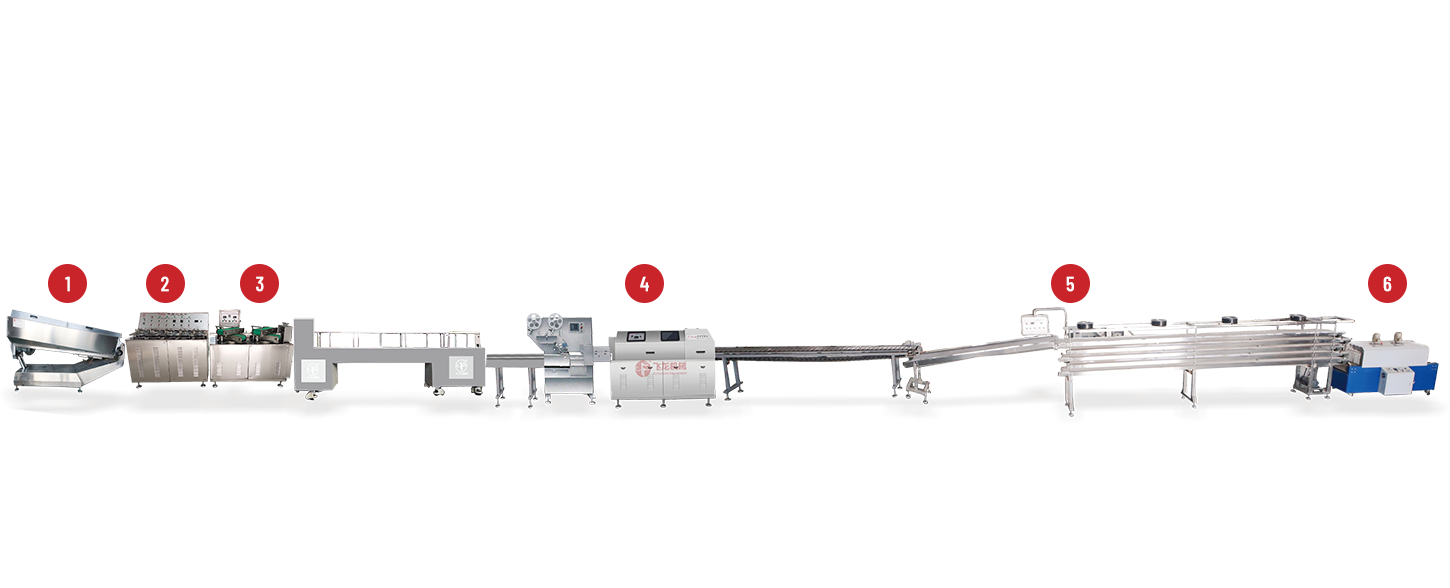
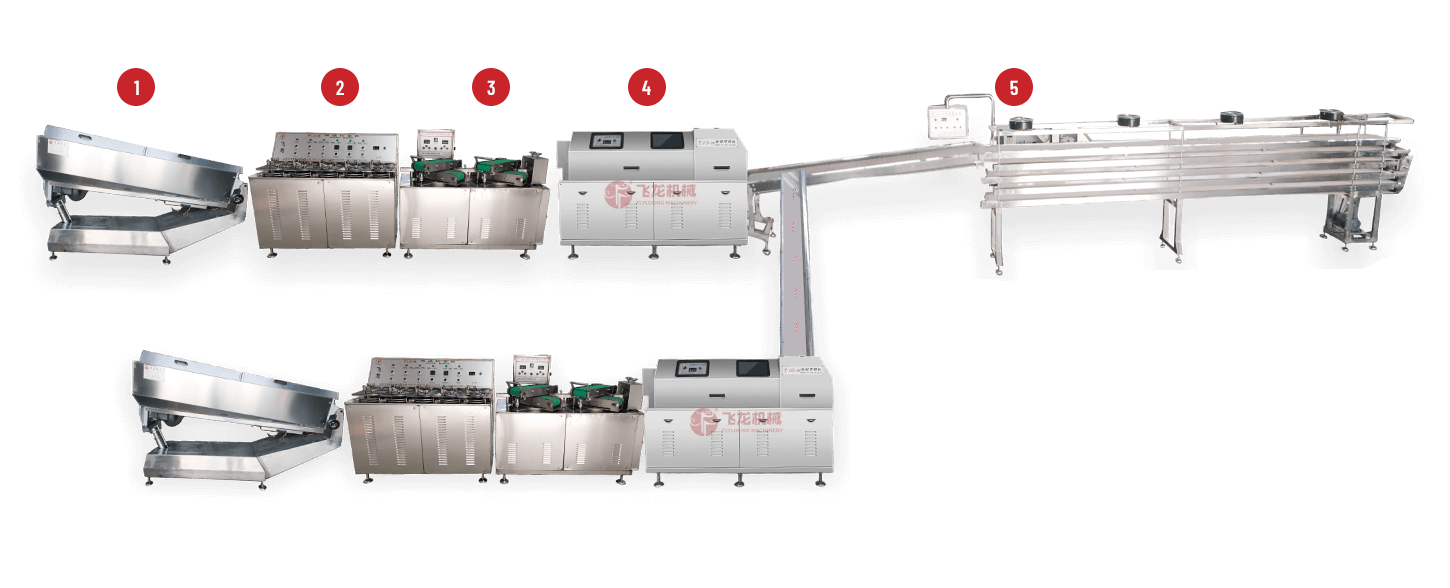
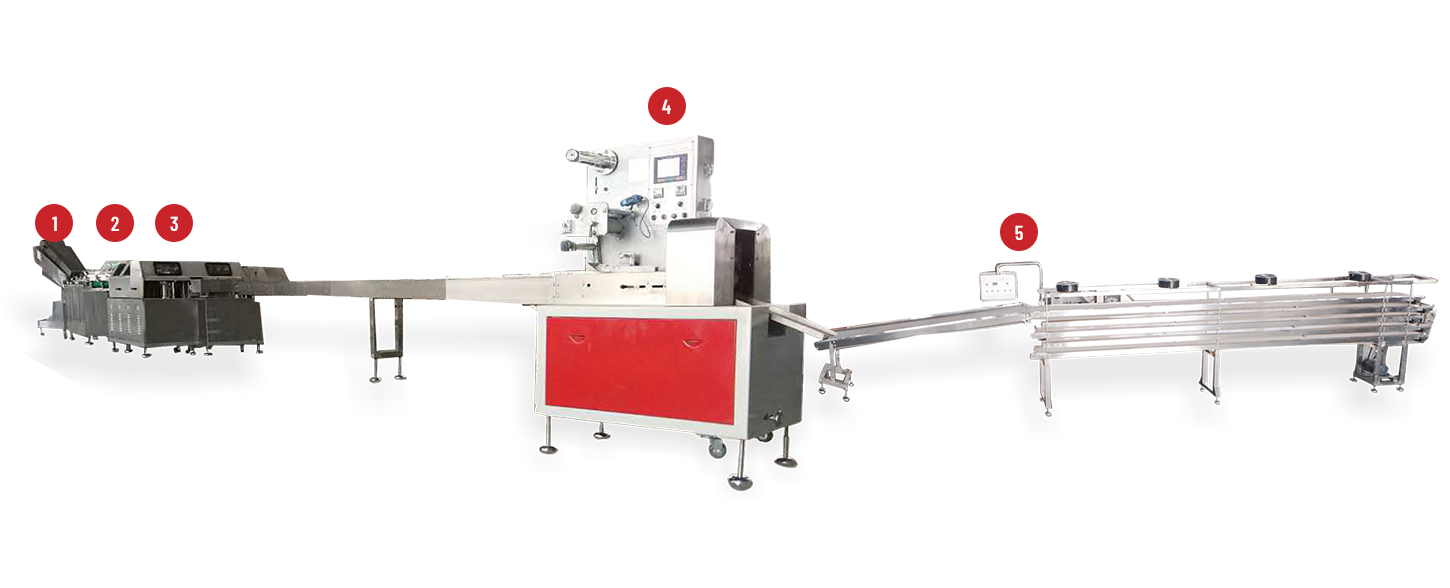
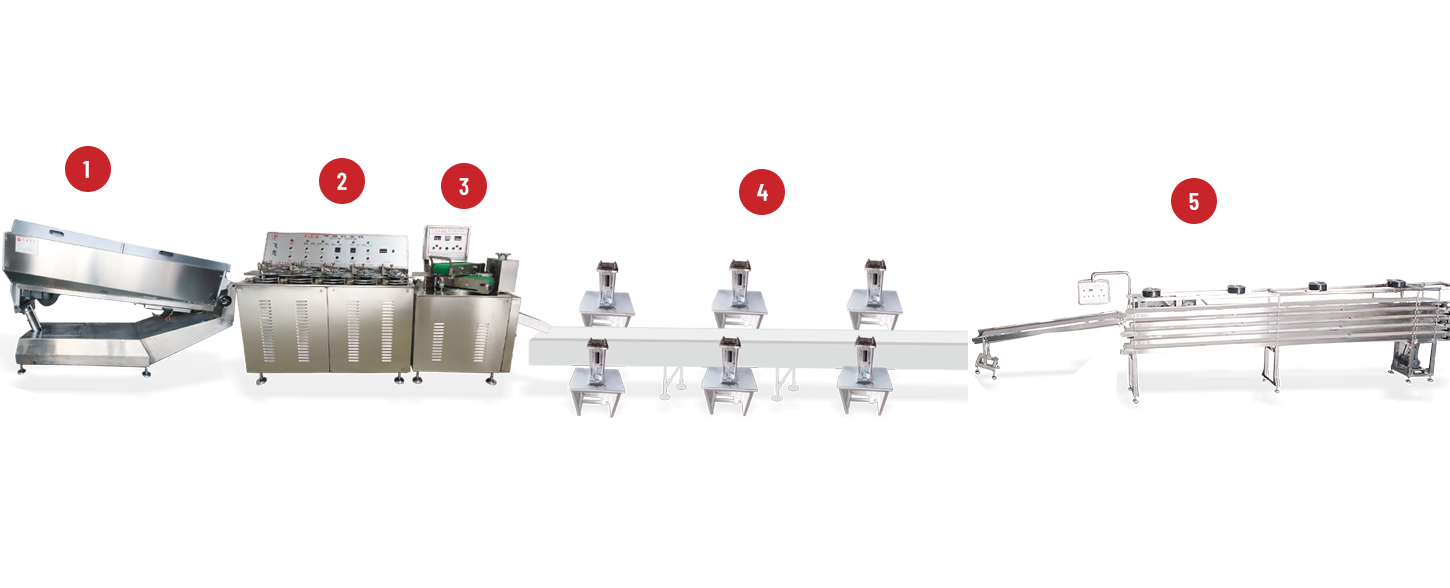
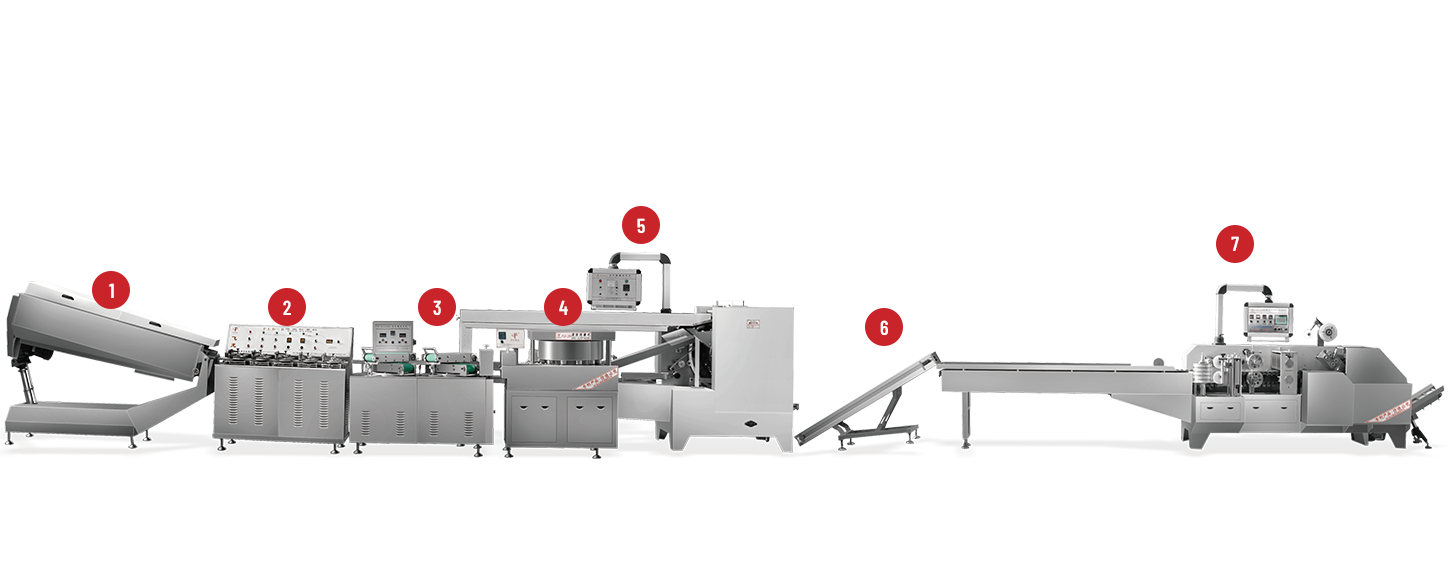
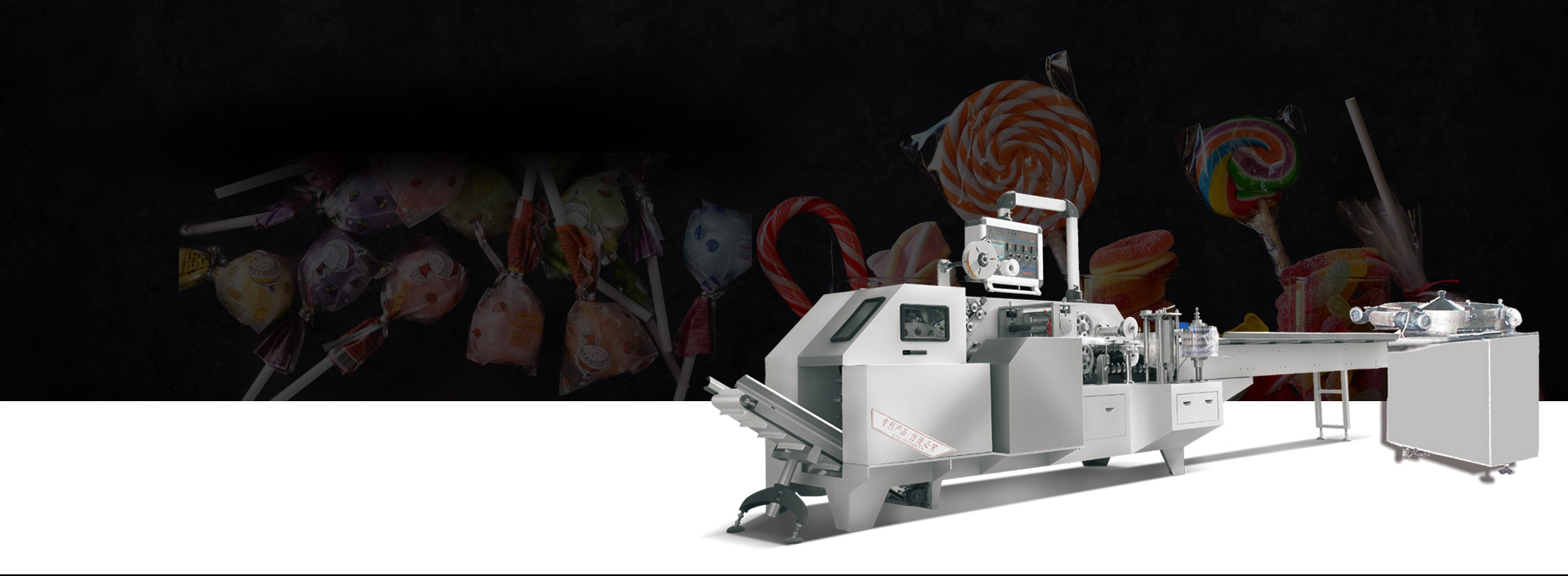
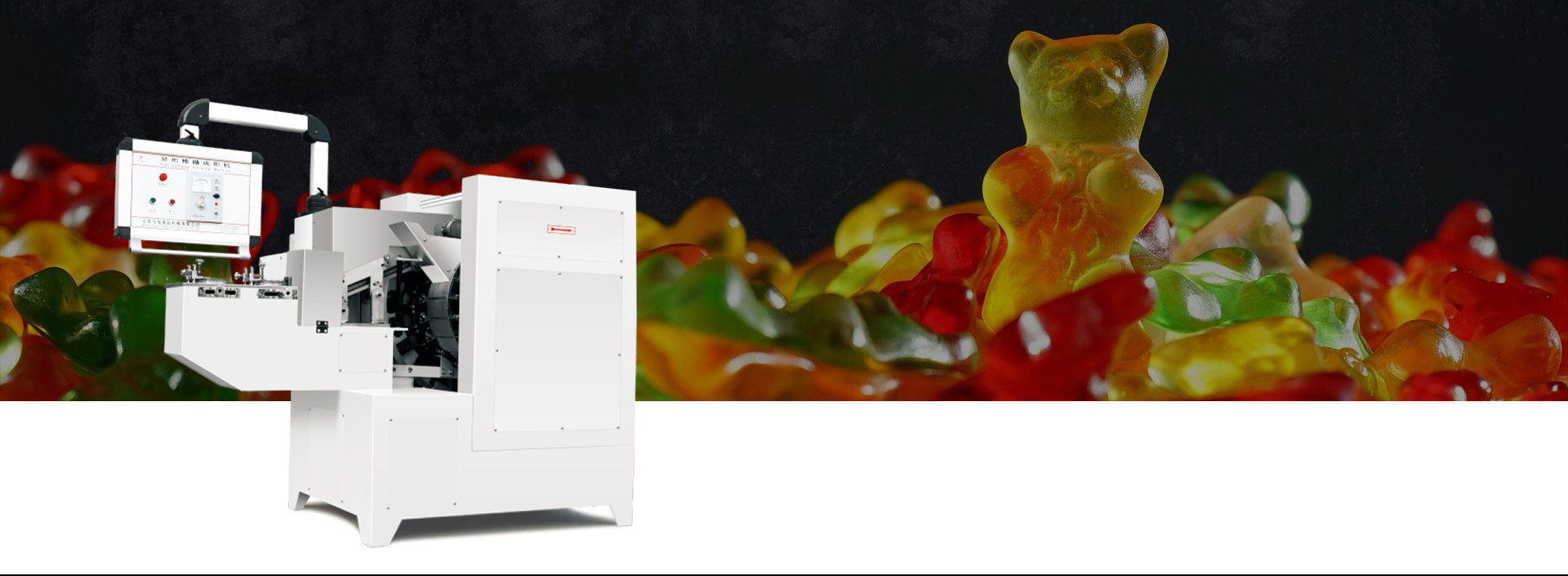
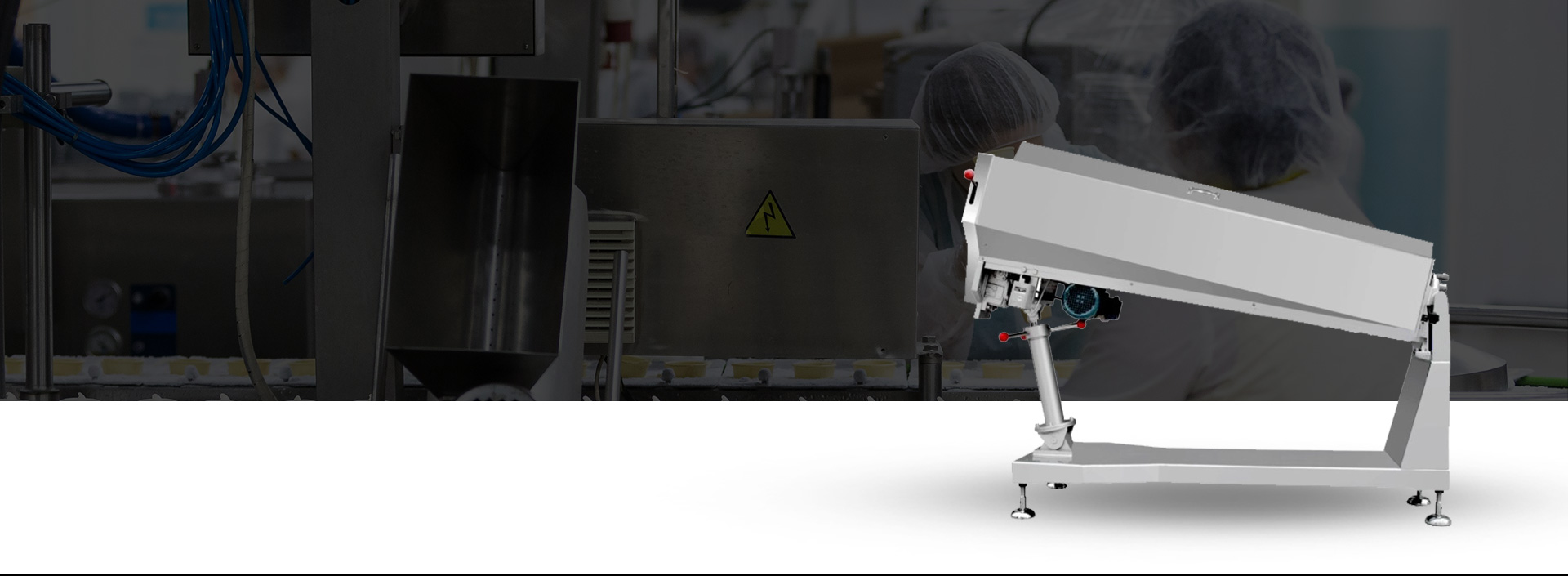
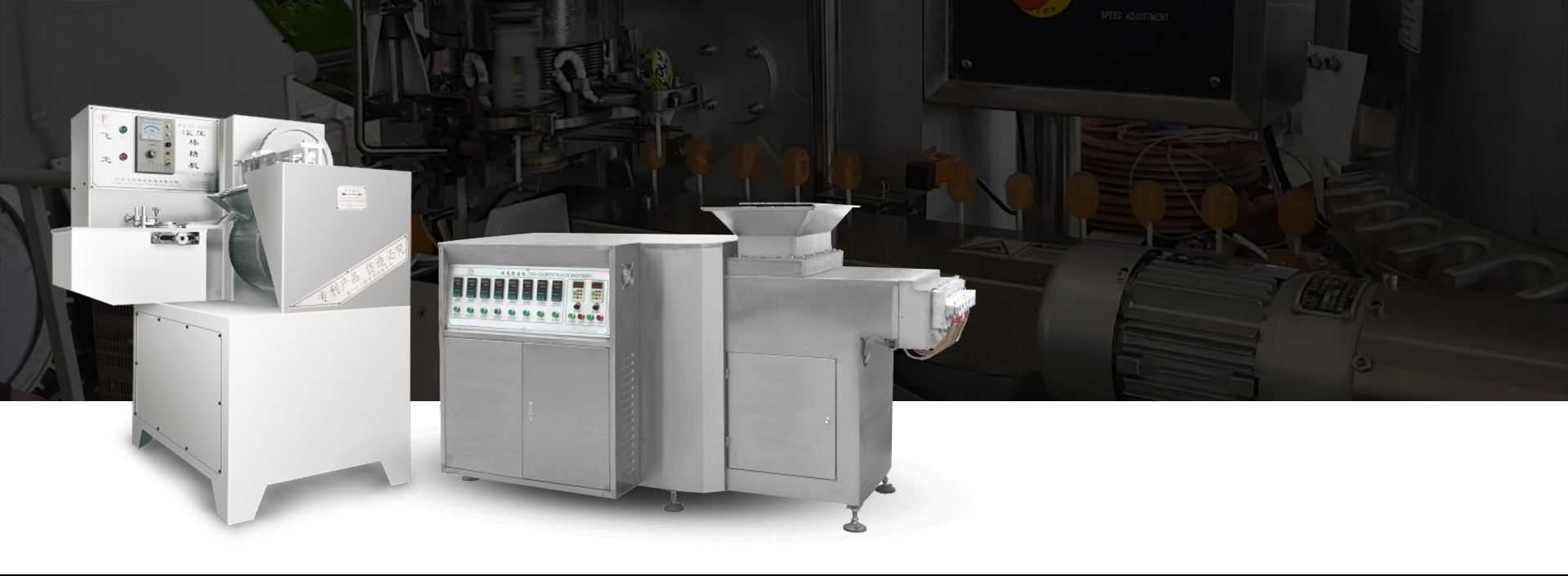
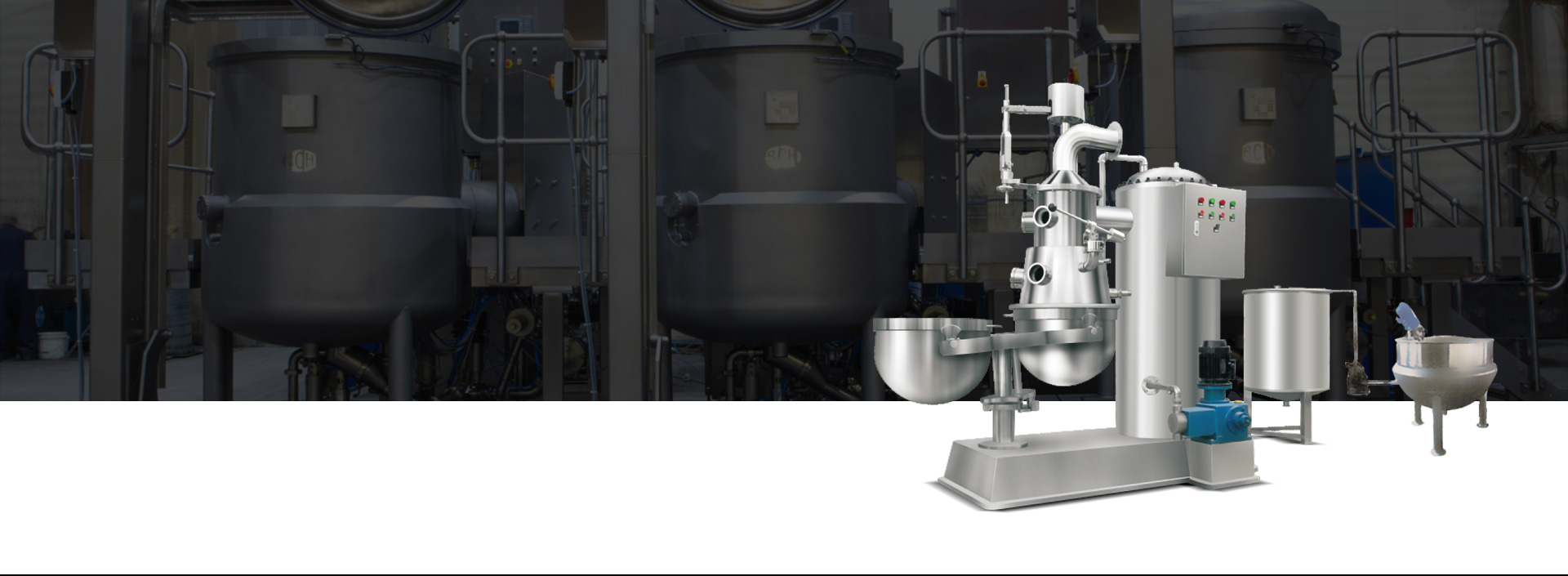

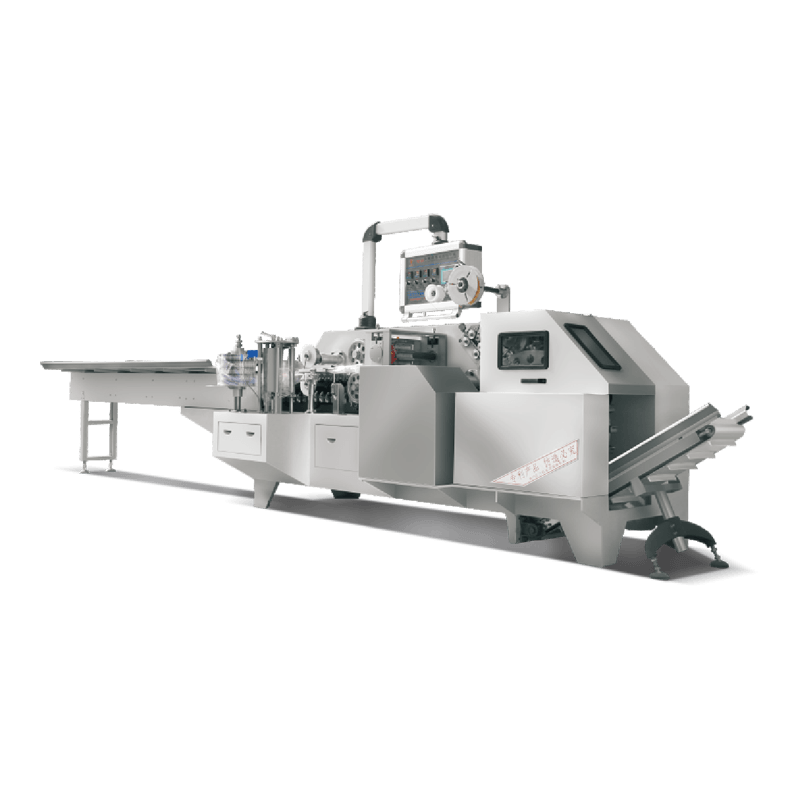
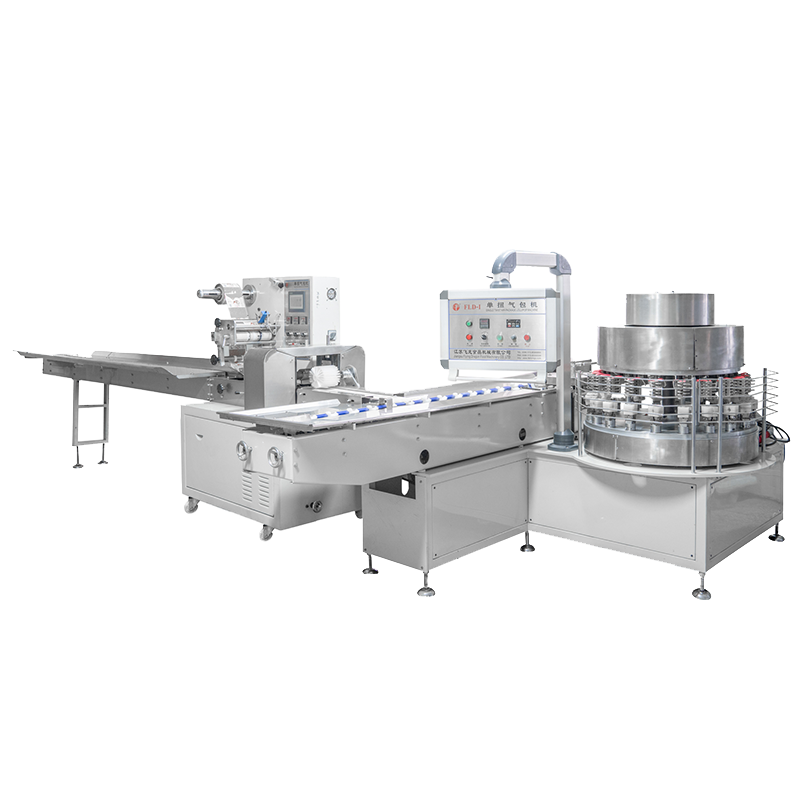
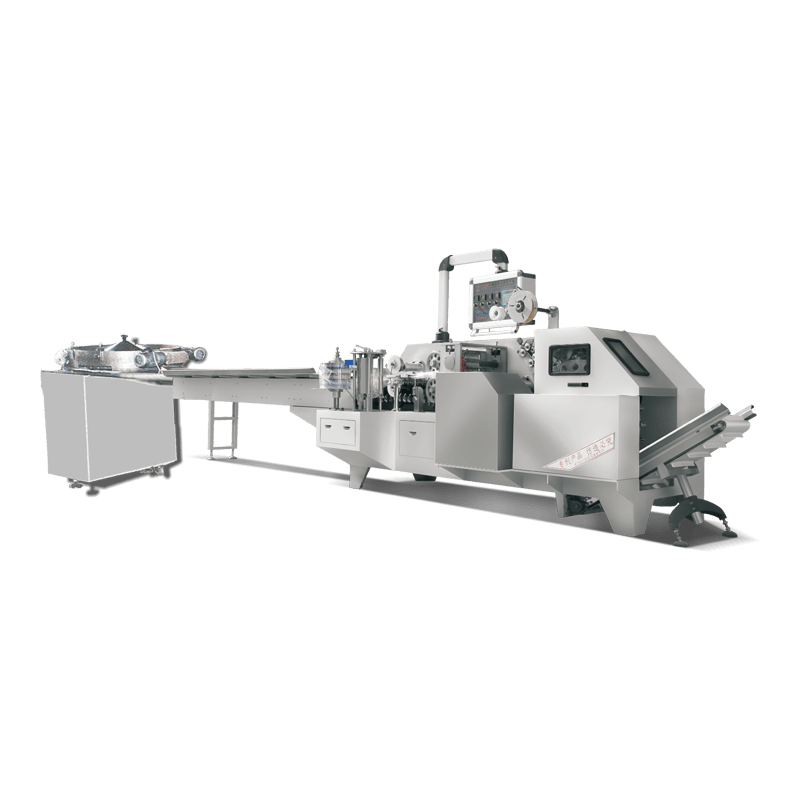
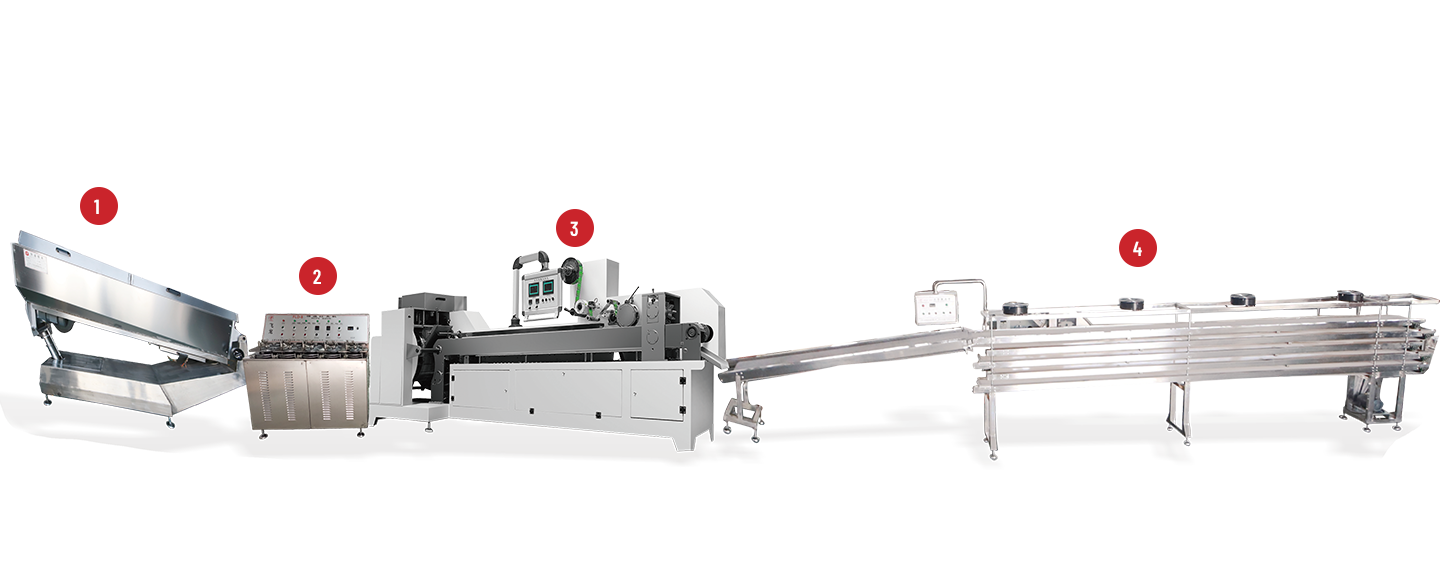
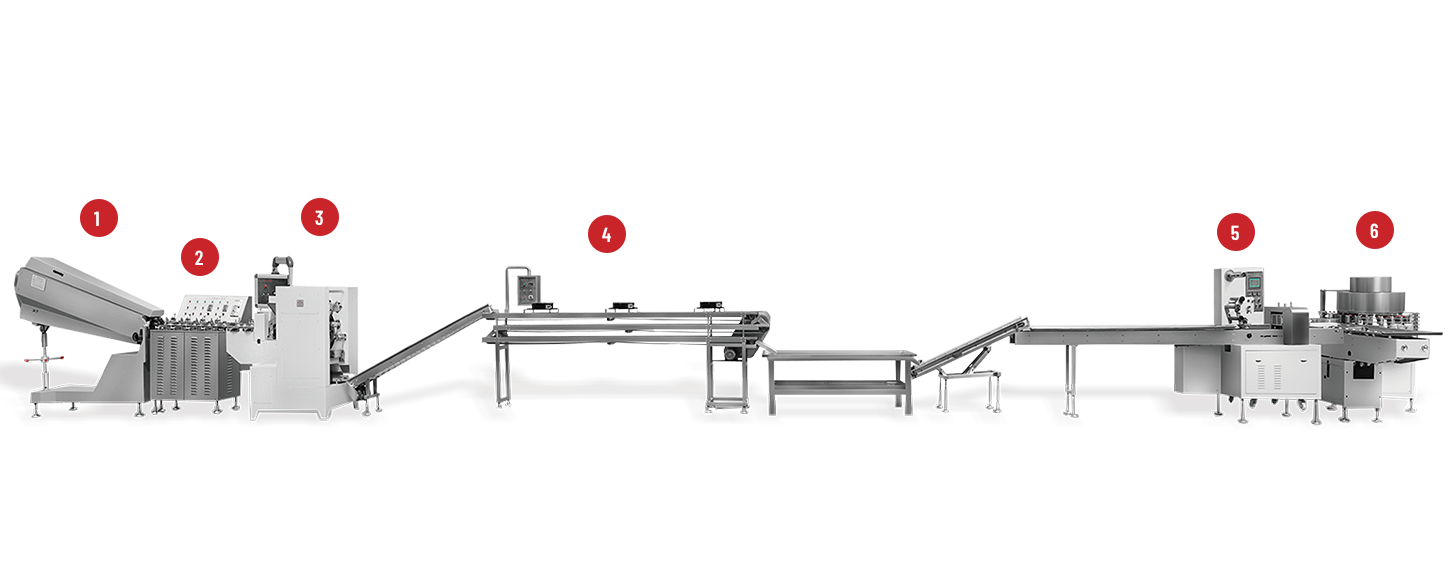
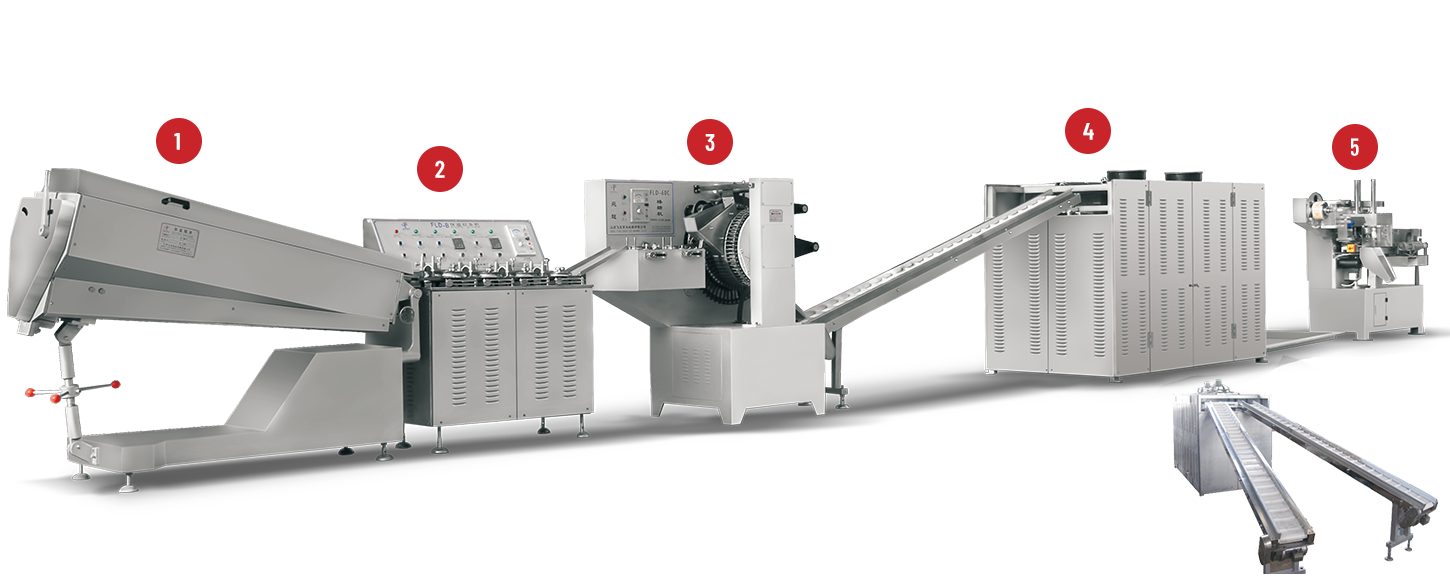
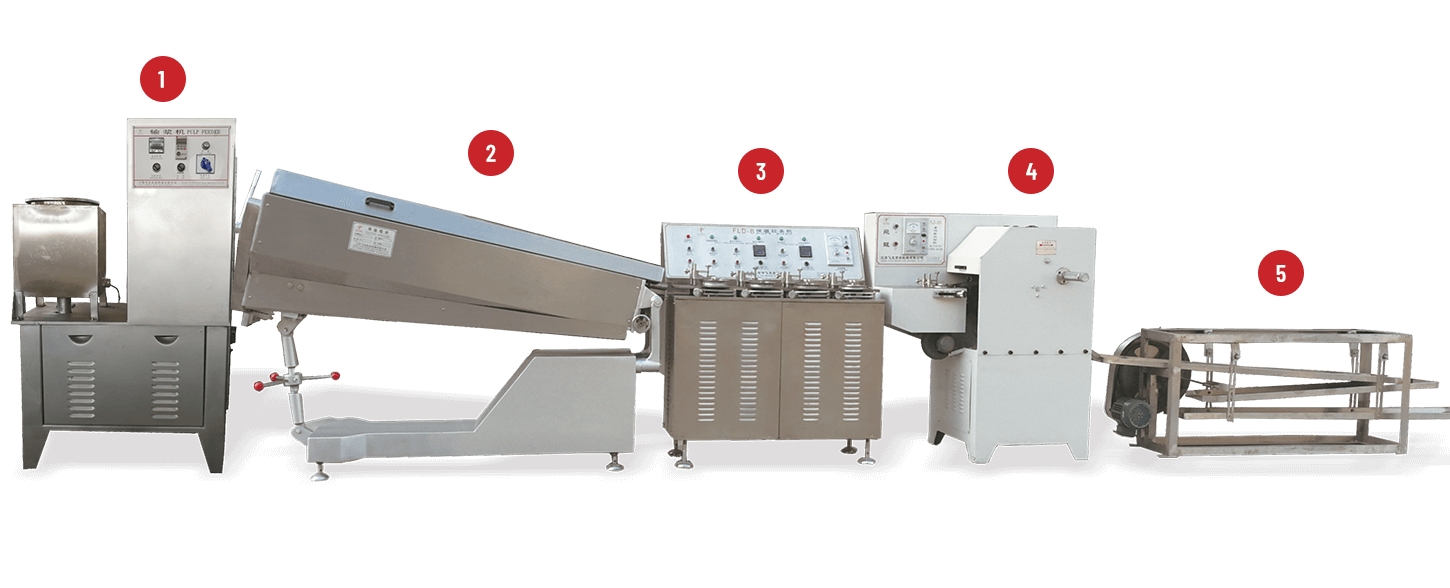
 +86-(0)515-8465666
+86-(0)515-8465666 +86-(0)515-85566996
+86-(0)515-85566996 +86-138 1559 9708
+86-138 1559 9708 flyloong@flyloongcn.com
flyloong@flyloongcn.com 
 Home
Home